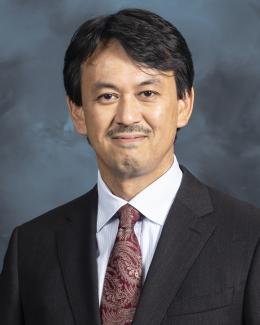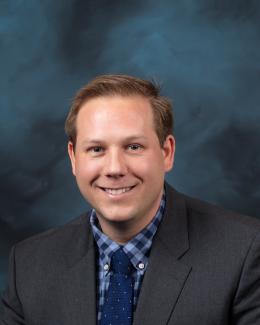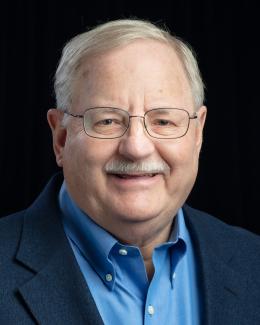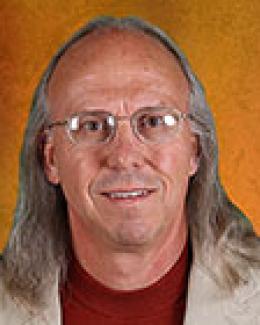Abstract
The use of a fusion component testing facility to study and establish, during the ITER era, the remaining scientific and technical knowledge needed by fusion Demo is considered and described in this paper. This use aims to lest components in an integrated fusion nuclear environment, for the first time, to discover and understand the underpinning physical properties, and to develop improved components for further testing, in a time-efficient manner. It requires a design with extensive modularization and remote handling of activated components, and flexible hot-cell laboratories. It further requires reliable plasma conditions to avoid disruptions and minimize their impact, and designs to reduce the divertor heat flux to the level of ITER design. As the plasma duration is extended through the planned ITER level (similar to 10(3) s) and beyond, physical properties with increasing time constants, progressively for similar to 10(4) s, similar to 10(5) s, and similar to 10(6) s, would become accessible for testing and R&D. The longest time constants of these are likely to be of the order of a week ( 106 S). Progressive stages of research operation are envisioned in deuterium, deuterium-tritium for the ITER duration, and deuterium-tritium with increasingly longer plasma durations. The fusion neutron fluence and operational duty factor anticipated for this "scientific exploration" phase of a component test facility are estimated to be up to 1 MW-yr/m(2) and up to 10%, respectively.






